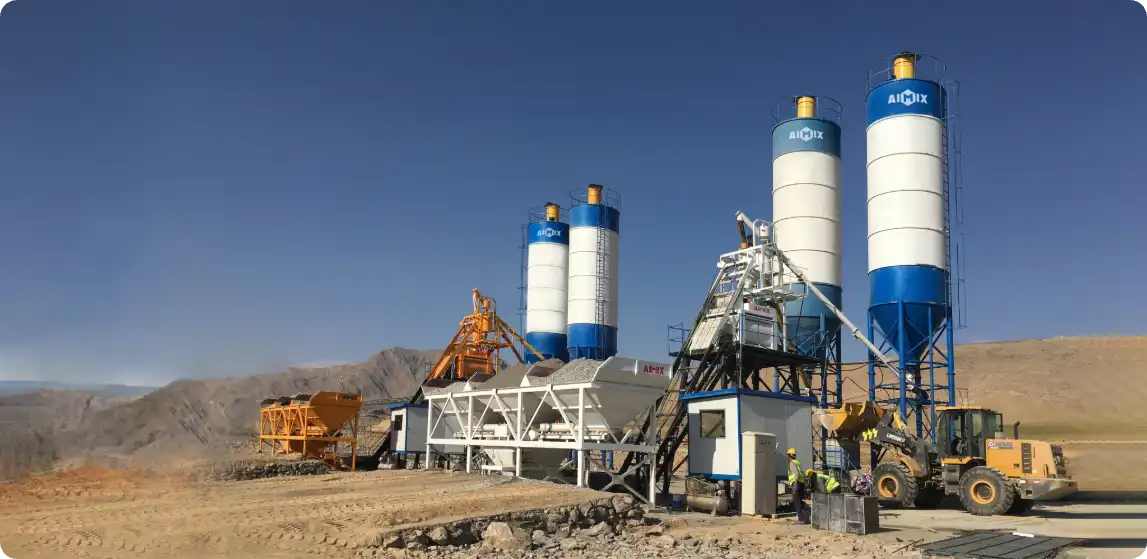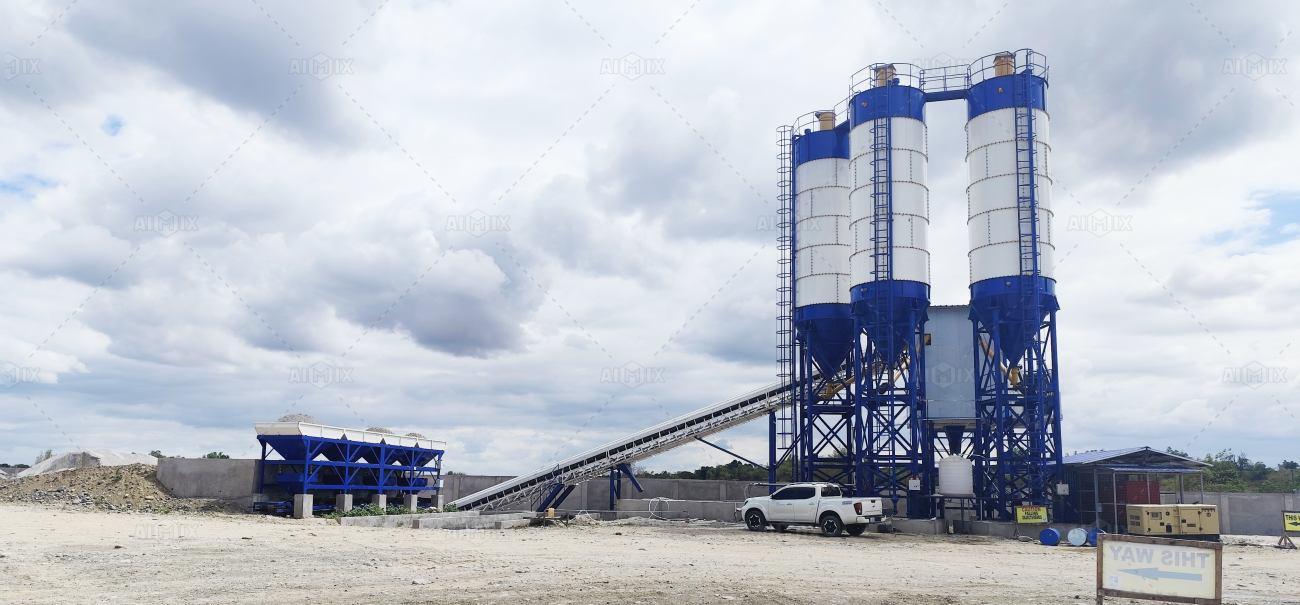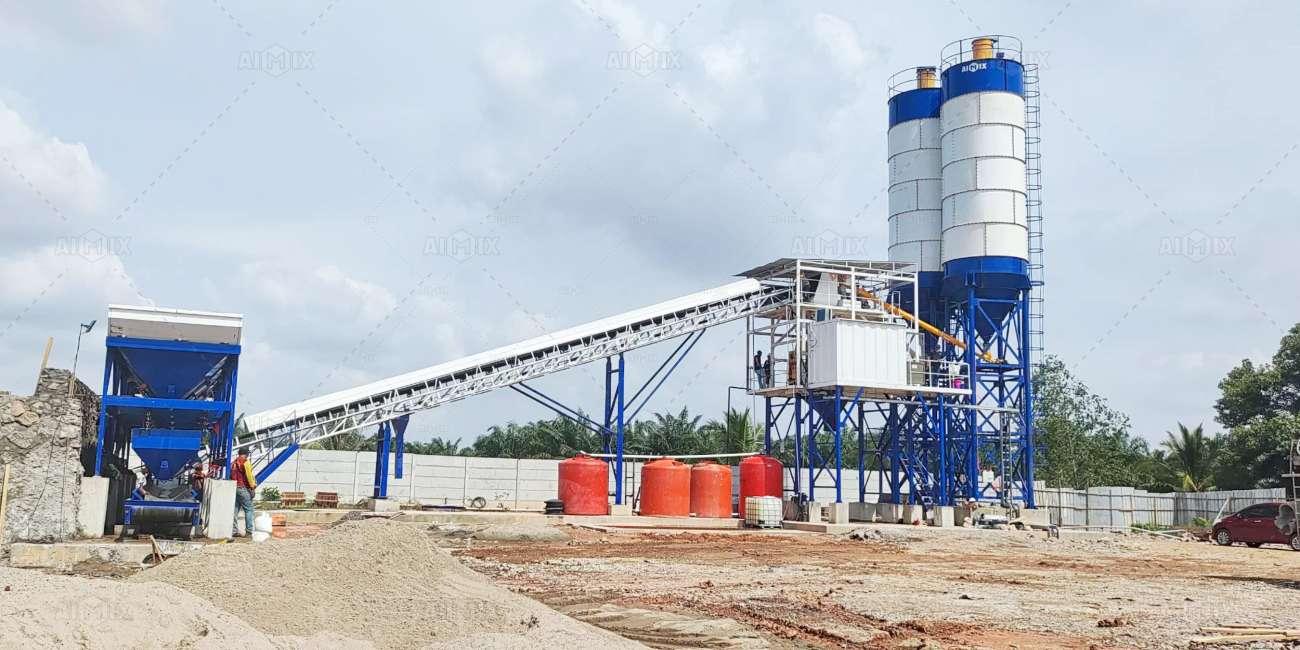Smart Technologies Reduce Ready Mix Concrete Plant Costs: Innovations to Watch

The ready mix concrete industry, a cornerstone of global construction, faces mounting pressure to reduce operational costs while meeting stringent quality and sustainability standards. Rising material expenses, labor shortages, and environmental regulations are pushing plant operators to rethink traditional workflows. Enter smart technologies: a transformative suite of tools that optimize efficiency, minimize waste, and slash expenses. This article explores cutting-edge innovations reshaping the industry, their cost-saving potential, and the challenges to adoption. Get to know more information about ready mix concrete plant cost from the following parts.

The Cost Challenge in Ready Mix Concrete Production
Producing ready mix concrete involves a delicate balance of raw materials (cement, aggregates, water), energy-intensive mixing processes, logistics, and labor. Key cost drivers include:
- Energy consumption (up to 30% of operational expenses).
- Labor shortages driving up wages.
- Material waste from improper mixing or handling.
- Equipment maintenance and downtime.
Traditional methods struggle to adapt to volatile market conditions, such as fluctuating fuel prices or supply chain disruptions. Here’s where smart technologies step in, leveraging data, automation, and connectivity to turn these challenges into opportunities.
1. IoT and Real-Time Monitoring: Cutting Waste and Energy Use
Internet of Things (IoT) sensors are revolutionizing plant operations by providing real-time visibility into every stage of production.
- Material Optimization: Sensors embedded in silos and mixers monitor aggregate moisture, cement ratios, and temperature, ensuring precise measurements and reducing overuse. For example, adjusting water-cement ratios based on live data can cut material waste by 5–10%.
- Energy Management: IoT systems track energy consumption across equipment (e.g., mixers, crushers) and identify inefficiencies. Automating peak-hour energy use or switching to renewable sources during low-demand periods lowers utility bills.
- Predictive Maintenance: Vibration and temperature sensors detect equipment wear before failures occur, minimizing downtime and repair costs.
Case Study: A Texas-based plant reduced energy costs by 18% after deploying IoT-enabled mixers that optimized power usage during off-peak hours.
2. AI and Machine Learning: Smarter Decision-Making
Artificial intelligence (AI) algorithms analyze historical and real-time data to optimize production schedules, pricing, and supply chain logistics.
- Demand Forecasting: AI models predict market demand using weather data, construction project timelines, and economic indicators, preventing overproduction or shortages.
- Dynamic Pricing: Machine learning adjusts pricing in real time based on raw material costs, competitor activity, and project urgency, maximizing margins.
- Quality Control: Computer vision systems inspect concrete batches for consistency, reducing costly reworks and customer complaints.
Example: A European plant using AI-driven demand forecasting cut excess inventory by 22%, saving $500,000 annually in storage and waste costs.
3. Automation and Robotics: Addressing Labor Shortages
Labor costs account for up to 25% of plant expenses, exacerbated by a shrinking workforce in many regions. Automation fills the gap:
- Automated Mixing Systems: Robotic arms and conveyor belts streamline loading, mixing, and dispatching, reducing reliance on manual labor.
- Autonomous Trucks: Self-driving delivery trucks optimize route planning, cut fuel costs, and eliminate driver shortages.
- Drone Inspections: Drones survey sites and inspect silos, replacing manual checks and reducing safety risks.
Impact: A Japanese plant deployed robotic mixers and autonomous trucks, slashing labor costs by 35% and boosting output by 20%.
4. Digital Twins: Simulating Efficiency
A digital twin is a virtual replica of a physical plant, updated in real time with sensor data. Plant managers can simulate scenarios to:
- Test equipment configurations for optimal energy use.
- Predict bottlenecks in production schedules.
- Train staff in high-risk scenarios without disrupting operations.
ROI: Siemens’ digital twin solutions helped a Middle Eastern plant reduce downtime by 40% and improve production accuracy by 15%.
5. Blockchain for Supply Chain Transparency
Blockchain technology ensures transparency in sourcing and logistics, mitigating risks of price hikes or delays:
- Smart Contracts: Automatically enforce agreements with suppliers, locking in material prices during volatile markets.
- Traceability: Track raw materials from quarry to plant, ensuring compliance with sustainability certifications (e.g., carbon-neutral aggregates).
Example: A Canadian plant using blockchain reduced disputes over material quality by 50%, saving $200,000 in legal and administrative costs.

Challenges to Adoption
While smart technologies offer significant savings, implementation hurdles persist:
- High Upfront Costs: IoT sensors, AI platforms, and robotics require substantial initial investment.
- Skill Gaps: Workers need training to manage advanced systems.
- Integration Complexity: Legacy equipment may not compatible with new technologies.
However, long-term gains—such as reduced operational expenses, higher margins, and improved scalability—often justify these investments.
Future Trends: Sustainability Meets Cost Efficiency
Emerging innovations promise even greater cost reductions while aligning with global ESG goals:
- Green Hydrogen Fuel Cells: Replace diesel generators in remote concrete mixing plant, cutting fuel costs by 30% and emissions by 90%.
- Self-Healing Concrete: Sensors embedded in concrete mixtures autonomously repair cracks, reducing maintenance costs.
- Carbon Capture Tech: Systems that trap CO2 emissions during production could turn plants into carbon-neutral hubs, avoiding future carbon taxes.
Conclusion: Embracing Smart Tech for Long-Term Profitability
The future of ready mix concrete plants lies in smart technologies that turn data into actionable insights, labor shortages into automation opportunities, and waste into cost savings. While upfront challenges exist, early adopters are already reaping rewards:
- Lower operational costs (10–30% savings).
- Improved profit margins through dynamic pricing and reduced waste.
- Enhanced competitiveness in a fast-evolving market.
For plant operators, the message is clear: embracing smart technologies isn’t just about cutting costs—it’s about future-proofing the business in an era of digital disruption and sustainability imperatives. Those who lag behind risk losing market share to tech-savvy competitors.
Final Takeaway: The next wave of cost leadership in ready mix concrete will be defined by plants that integrate IoT, AI, and automation into their core operations. The time to act is now.

- Information Technology
- Office Equipment and Supplies
- Cars and Trucks
- Persons
- Books and Authors
- Tutorials
- Art
- Causes
- Crafts
- Dance
- Drinks
- Film
- Fitness
- Food
- Jogos
- Gardening
- Health
- Início
- Literature
- Music
- Networking
- Outro
- Party
- Religion
- Shopping
- Sports
- Theater
- Wellness


